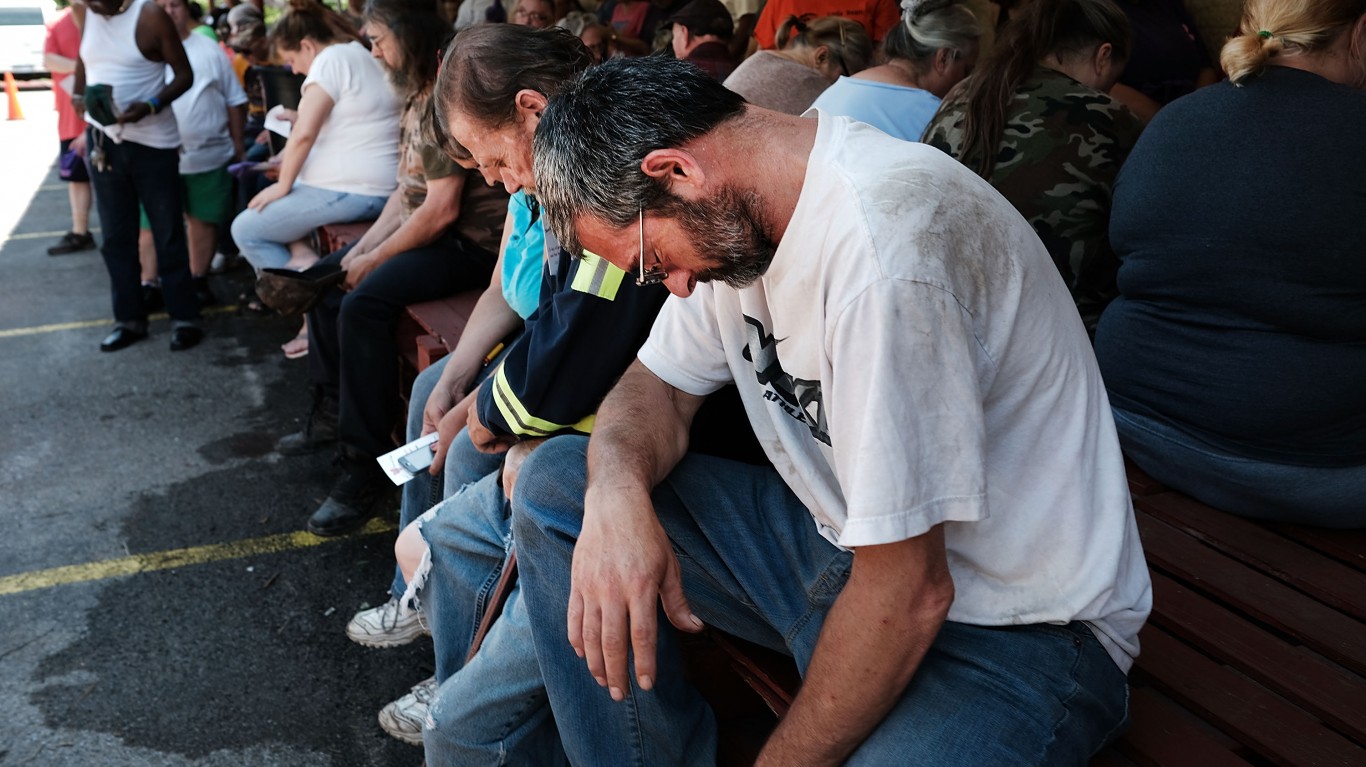
The two most effective measurements of evaluating an economy are gross domestic product and unemployment. It can be argued about which metric is more important, but most references to “the economy” are geared toward GDP. To back that up, note that economies can post strong GDP numbers and still have high unemployment rates.
The big question now is just how long it will take to make up the massive losses to GDP. The U.S. economy recently saw its worst blow in modern history with a historic −32.9% GDP reading in the second quarter of 2020. While this was actually somewhat better (or less bad) than expected, it was worse than any drop during the Great Depression of the 1930s and worse than anything seen in the Great Recession a decade ago.
Many recent economic readings point to a mixed July. Unemployment has come down and payrolls have continued to rise, but retail sales and other metrics are mixed. There also is the ongoing issue that Congress has been unable to extend its enhanced unemployment benefits package (and even Walmart said spending slowed around that expiration).
Some two-thirds or a tad more of U.S. GDP is tied to consumer spending activities. With lower stimulus money and with the nation seeing unrest ahead of the 2020 elections, is there a reason to expect a great snapback GDP recovery that would resemble a V-shaped recovery?
According to the Atlanta Federal Reserve Bank’s GDPNow model, the most recent estimate (Aug. 18) is for real GDP growth to rise by 25.6% on a seasonally adjusted basis. The prior forecast had been 26.2% GDP growth back on August 14. The drop was attributed to housing starts report indicating that real residential investment growth in the third quarter decreased from 60.7% to 39.0%.
One issue to consider is that GDP growth previously had been given closer to 20% growth. The higher levels prior to the most recent downgrade came after economic reports such as ISM Manufacturing, vehicle sales, unemployment and payrolls, prices on imports/exports, and consumer and producer prices.
A separate forecast is modeled by the Federal Reserve Bank of New York. Its last update was on August 14, and the New York Fed’s Nowcast was running at 14.8% GDP growth for the third quarter. That was up by 0.2% from the prior reading, after positive surprises from industrial production and capacity utilization, as well as prices data. A drag against the growth was tied to the negative surprise from retail sales data covering July.
It is hard to imagine with all this uncertainty that the S&P 500 has just recaptured its former all-time high. It’s as if the recession and the panic selling of March never happed — from the fastest and most brutal drop ever to the fastest recovery ever. Was this the shortest bear market in history?
One last consideration about GDP, unemployment and the stock market is that the stock market is not the entire economy. The economy is also not the stock market. There are four companies valued at $1.0 trillion to $2.0 trillion, and there are three more valued between $500 billion and $1 trillion. Roughly 80 more U.S. companies are valued between $100 billion and $500 billion.
The reality is that the third quarter is now more than halfway over. The issue of enhanced unemployment benefits and other stimulus measures still not being finalized could seriously damage the expected GDP recovery. Rising COVID-19 cases also pose a major risk, as do any rekindled efforts to shut the economy back down or to keep the partial closure in-place with a longer duration. Lastly, the schools are just getting back to class, and there have been many reports of large quarantines due to more positive coronavirus cases.
It’s Your Money, Your Future—Own It (sponsor)
Retirement can be daunting, but it doesn’t need to be.
Imagine having an expert in your corner to help you with your financial goals. Someone to help you determine if you’re ahead, behind, or right on track. With SmartAsset, that’s not just a dream—it’s reality. This free tool connects you with pre-screened financial advisors who work in your best interests. It’s quick, it’s easy, so take the leap today and start planning smarter!
Don’t waste another minute; get started right here and help your retirement dreams become a retirement reality.
Thank you for reading! Have some feedback for us?
Contact the 24/7 Wall St. editorial team.




